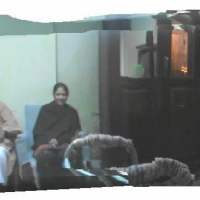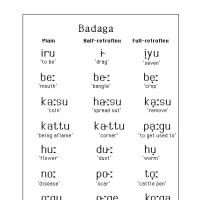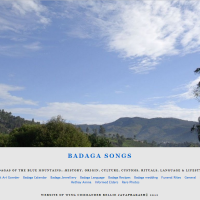Who is a BADAGA?
Do not take this question lightly, for this affects our lives – now and in future.
A Badaga who marries a NON – Badaga, is he/she STILL a Badaga??
Can a Badaga be put ‘down’ and ‘condemned’ for life, just because he/she is married to a non-Badaga???
By the way, WHO decides who is a Badaga???
What is the so called ‘Badaga Associations’ in the major cities which is filled up with almost 100% literate Badagas doing about bringing SOCIAL AWARENESS and eliminating the stigma attached to ‘married outside’ Badagas??
Are we so scarred that just because a handful of Badagas marry outside, our culture and customs are in a position of peril??
When we have no hesitation to acclaim the achievements of Badagas in all fields [even when a spouse is non Badaga] and seek donation for the hattis -for building temples and other social causes, why this ‘heads stuck in the sand’ mentality ???
We may have some restrictions imposed on certain and specific rites like in funeral, but should not deny or denigrate the dignity to those who are very much our ‘blood and flesh’.
We are considered to be very forward looking by many ‘social’ indicators and should not squander that with narrow mindedness.
Think about it.















 Mookuthi
Mookuthi  Chinna
Chinna 






 ==
==


![Seemae [See'may] & Morae [Mo'ray] (relationship)](https://i0.wp.com/badaga.wordpress.com/files/2008/11/nakku-betta1.jpg?resize=200%2C200)










































Dear All,
My sincere apologies to Arun’s hatty people and other commentators and readers of this website. I think it would be very helpful if Arun came forward with the true version of events.
For people who choose to marry non-badaga people, they must understand that they have to embrace the badaga way of life for any chance to be accepted in the community especially in relation to hatty matters.